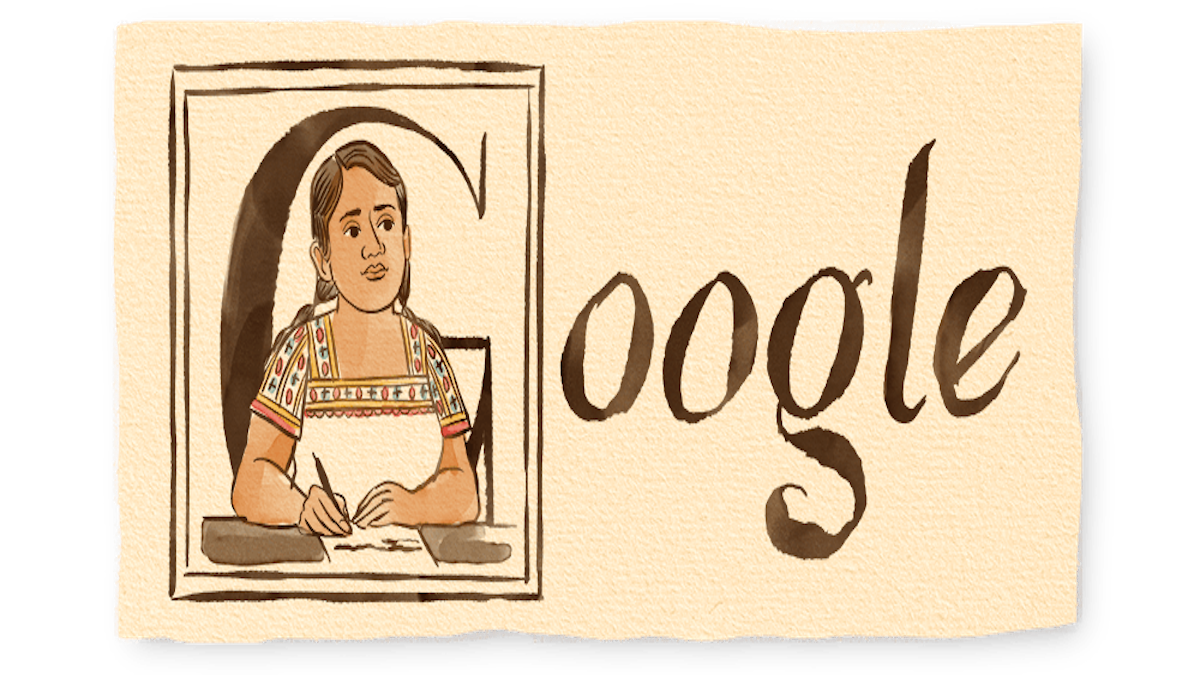Today’s Google Doodle honours Indigenous Mexican model and Nahuatl-language linguistic informant Luz Jiménez, who turns 126 today. Luz is known as la mujer más pintada de México (the most painted lady in Mexico), and she appears in several works by Mexican artists from the early twentieth century. Luz was born as Julia Jiménez González to a Nahua family in Milpa Alta on this day in 1897.
The Mexican Revolution reached Luz’s town in 1916, when the Carrancistas murdered the majority of her male relatives. Luz was forced to quit her birthplace at the age of 19 and relocated to Mexico City with her mother and sisters.
Luz became immersed in the Mexico City art scene as a model for photographers, painters, art students, and sculptors. Despite the fact that her picture began to emerge on murals and monuments across the city, Luz remained relatively unknown and lived in poverty.
Luz was an instructor to the painters and muralists, teaching them Nahuatl during modelling sessions. As a result, the artists’ styles were imbued with Luz’s Indigenous authenticity. In the 1930s, she worked as a linguistic informant to chronicle her language and gave cultural lectures. Luz left a legacy of works, including a children’s book and personal record of the Mexican Revolution, but only two texts were signed by her, both in the Nahuatl journal Mexihkatl Itonalama.
Luz is remembered today by the novels she wrote, including De Porfirio Daz a Zapata: Memoria náhuatl de Milpa Alta: A Nahuatl Chronicle of Diaz and Zapata and Los Cuentos en Náhuatl de Doa Luz Jiménez (The Tales in Nahuatl of Doa Luz Jiménez). Several statues and paintings in Mexico City, including La Creación (Creation), Fuente de los Cántaros (Fountain of the Jugs), and Cortés y la Malinche, still bear her image (Cortez and Malinche).


